Camping Adventures in Northern Ontario
With all the snow Ontario has been getting lately, summer camping season may be far from your mind. But if you’ve ever tried to score a great campsite in one of Ontario’s many beautiful provincial parks, you’ll know that camping season planning starts five months in advance. In short — if you want to go camping in July or August, the time to plan and book is February and March! You can visit the online reservation portal or call your preferred park and book a site exactly five months from the first day you want to camp.
Camping is a great way to explore this beautiful province, create lasting memories with your family or friends and experience the many benefits of getting outdoors. If you’re ready for an epic summer trip, we suggest a visit to one or more of Ontario’s northern parks. You’ll find secluded campgrounds, pristine wilderness and incredible night skies — all with fewer crowds and more space to relax. Ready to go? Here’s are our favourite northern Ontario parks at which to set up camp.
Top 10 Can’t-Miss Northern Ontario Parks
10. Kap-Kig-Iwan Provincial Park
The backdrop for this park is the Englehart River, which tumbles over rocky ravines creating white water rapids and roaring waterfalls. Pair that with the surrounding boreal forest and you’ve got one very scenic place to set up camp. The park is a great spot for birding as thousands of birds migrate to these forests in the spring and summer to nest and raise young. You’ll wake up to the sounds of songbirds such as warblers and flycatchers. Don’t miss hiking the 4.5 kilometre Cedar Trail, which is named for the 150-year old cedar tree that survived a major forest fire one hundred years ago in 1922. This trail skirts a beaver lodge and leads to a beautiful view of the rushing river and valley.
9. Esker Lakes Provincial Park
The geology behind Esker Lakes Provincial Park goes back to the last ice age when over a kilometre of ice covered this landscape. As the ice melted and retreated, it created an esker (a long ridge of sediment) — and at 250 km in length, it is the biggest one in the province. It is this unique geological feature that gives the park its name. Surrounded by boreal forests, this park is alive with birds and wildlife of all kinds. Paddlers will love the collection of picturesque lakes in this park as they are separated only by short and fairly level portages — which means less walking and more time in the water. There are about 15 kilometres of canoe routes in this park with a canoe launching site on Panagapka Lake.
8. Kettle Lakes Provincial Park
Kettle lakes are also a remnant of the last ice age, made by chunks of falling ice that imbedded into the earth as glaciers retreated. These chunks of ice made circular depression in the earth and created what today are called kettle lakes. They are present in many places in Ontario, but can be found in a high concentration at Kettle Lakes Provincial Park. The park is home to 22 spring-fed lakes (20 of these are classified as true kettle lakes) and offers a wide variety of activities, such as hiking, biking, birdwatching and, of course, swimming. Anglers will love fishing here as many of the lakes are stocked with rainbow and brook trout, while northern pike and yellow perch occur naturally within others.
7. Fushimi Lake Provincial Park
While it can be quite the trek to get to Fushimi Lakes Provincial Park from southern Ontario, the beautiful park is well worth the drive. Although it is accessible by road, the park feels very remote and the surrounding wilderness is spectacular. The namesake lake lies entirely within the boundaries of the park and is surrounded by spruce, poplar and pine, with rocky outcrops of the Canadian Shield visible along the shoreline and on some of the islands. Paddling, swimming off the sandy beach and fishing are all popular here. To see a slice of the boreal forest with its characteristic balsam fir, black spruce and caribou moss, take the one-kilometre-long Achilles Lake Trail. You’ll be rewarded with a view across Little Achilles Lake as it lays surrounded by pristine forest — a beautiful sight!
6. Ivanhoe Lake Provincial Park
Located about 4.5 hours northwest of Sudbury, Ivanhoe Lake Provincial Park is a great camping trip for the whole family. The warm shallow water, sandy beach and playground make this park a favourite of young children, while anglers will appreciate the good northern pike, whitefish and walleye fishing available in the Ivanhoe River. Paddling on Saw and Teck Lakes, or along the river, is excellent and you’re more likely than not to spot some interesting wildlife, from eagles and waterfowl to the mighty moose. If you’re really lucky, you might even spot a white moose as the park is located in what is known as White Moose Forest — an area frequented by moose that have white fur! And as with all the northern parks, the night sky is stunning at Ivanhoe.
5. Kakabeka Falls Provincial Park
Dubbed the ‘Niagara of the North,’ Kakabeka Falls is the second tallest waterfall in Ontario. Unlike its southern counterpart, you’ll find the 40-metre-high waterfall surrounded by nature, trails and a delightful campground. Just 30-minutes from Thunder Bay, Kakabeka Falls Provincial Park makes a great day-trip — or set up camp here and use it as your base for exploring the area. Either way, the easily accessible Boardwalk Trail is a must-do, leading as it does to the viewing platforms on both sides of the stunning waterfall.
4. Quetico Provincial Park
Quetico Provincial Park, located about 2 hours west of Thunder Bay, is an iconic wilderness park known for its rugged beauty, towering rock cliffs, majestic waterfalls, untouched forests and picturesque lakes and rivers. A trip here is is an unforgettable experience — especially if you are lucky enough to take in the night sky. This park has been designated an International Dark Sky Park and on clear nights, the park offers amazing views of the stars and, if the conditions are right, the Northern Lights. The campground is surrounded by 35 kilometres of trails and lakes that are great for fishing.
3. Neys Provincial Park
Neys Provincial Park sits on the shores of Lake Superior and offers one of the finest sandy beaches in the province. Its rugged shores and boreal forest landscapes were made famous in paintings by the Group of Seven. Explore the coastal rocks, the windswept shores and the stunning forests during your stay. The spectacular 2-kilometre beach is situated on the fairly shallow waters of Ashburton Bay, offering a slightly warmer swim than you might find in other parts of Lake Superior. If you can tear yourself away from the beautiful beach and sweeping views of Lake Superior, head out on the 1.6 kilometre Lookout Trail. This short trail will take you up onto scenic rocky highlands overlooking Ashburton Bay and the broad expanse of Lake Superior. Along the way, the trail will lead you through a variety of habitats including thick spruce forests, a shaded creek valley and sand dunes.
2. Lake Superior Provincial Park
Located along the shores of its namesake, Lake Superior Provincial Park is just south of Wawa on a spectacular stretch of coastline. The park offers stunning scenery of soaring cliffs, river valleys, waterfalls and long windswept beaches. Designated a Dark Sky Preserve by the Royal Astronomical Society of Canada, the park offers excellent astronomy opportunities and, like other northern parks, is a great place to catch the Aurora Borealis when the conditions are right. You can camp at the Agawa Bay Campground, which is located right on a 3-kilometre stretch of the lake (more than half of the sites have a view of Lake Superior) or further north at the more inland Rabbit Blanket Lake Campground. Hiking opportunities abound at this park, with eleven trails that explore a variety of landscapes — from the rugged cliffs and beaches of the shore to the wetlands and rolling hills of the interior, If the lake conditions are calm, a short but treacherous hike to the Agawa Rock Pictographs is available. The trail descends through rock chasms and broken boulders on the edge of the lake to access 35 ochre paintings created by the Ojibwe First Nations at this sacred site.
1. Sleeping Giant Provincial Park
With more than 100 kilometres of spectacular hiking and biking trails, many of them very challenging, Sleeping Giant Provincial Park is an explorer’s dream camping destination. There are many interesting geological features to explore in this park, including the famous “sea lion” — a diabase rock arch accessible along a moderate 2.4-kilometre trail — and Tee Harbour — a large outcrop jutting into Lake Superior accessible along an easy 12.4-kilometre hike. Perhaps the most famous geological feature is that which gives the park its name: the Sleeping Giant is a unique land formation that from a distance looks like a sleeping person. If you are up to the challenge, you can hike the Top of the Giant Trail (21.8 kilometres from the parking lot) that takes you up to the top of Ontario’s highest cliff. From here you’ll experience one of Canada’s most breathtaking lookouts, with spectacular views of both the east and west coast of the Sibley Peninsula. The campground itself is known for large, lakefront campsites with excellent views of the Sleeping Giant. The park is an excellent spot for bird and wildlife viewing.
Bonus: Ouimet Canyon Provincial Park
If you find yourself in the Thunder Bay area, Ouimet Canyon is a well worth a visit. The star of this day-use-only park is the 150-metre-wide gorge that drops down 100 metres to the canyon floor. Take the 1-kilometre loop trail to two viewing platforms along the canyon’s rim that offer spectacular views.
All photos provided by Ontario Parks.

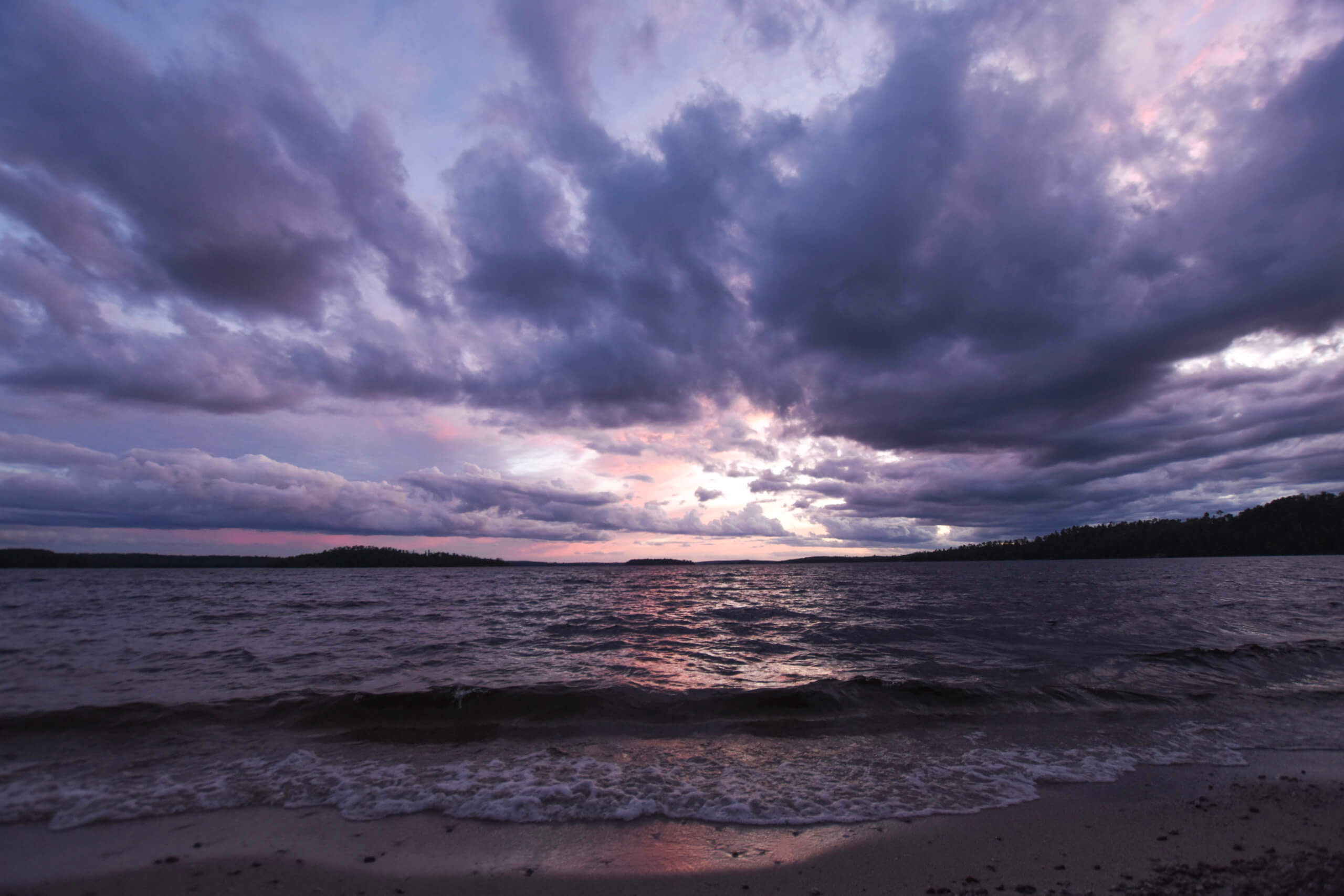

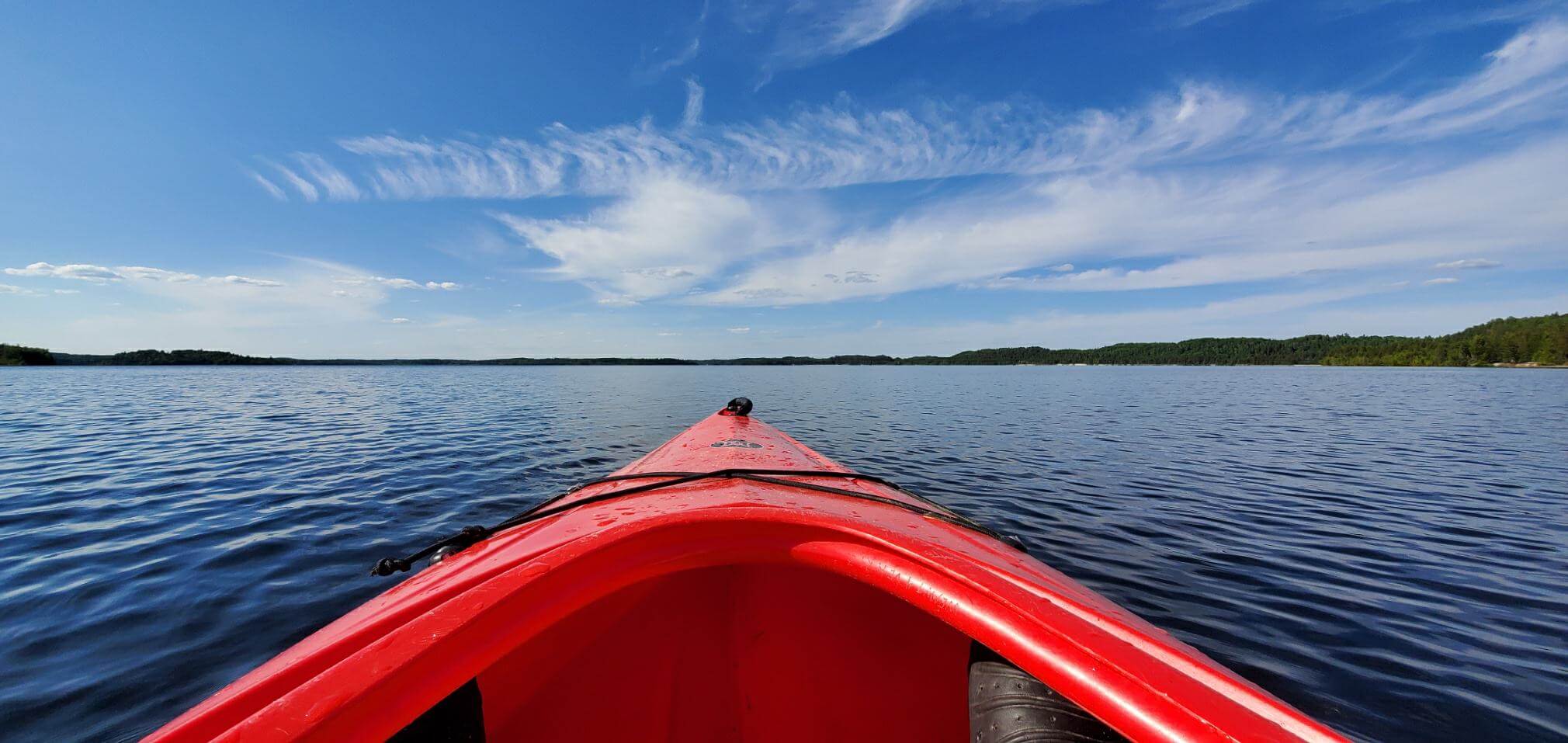
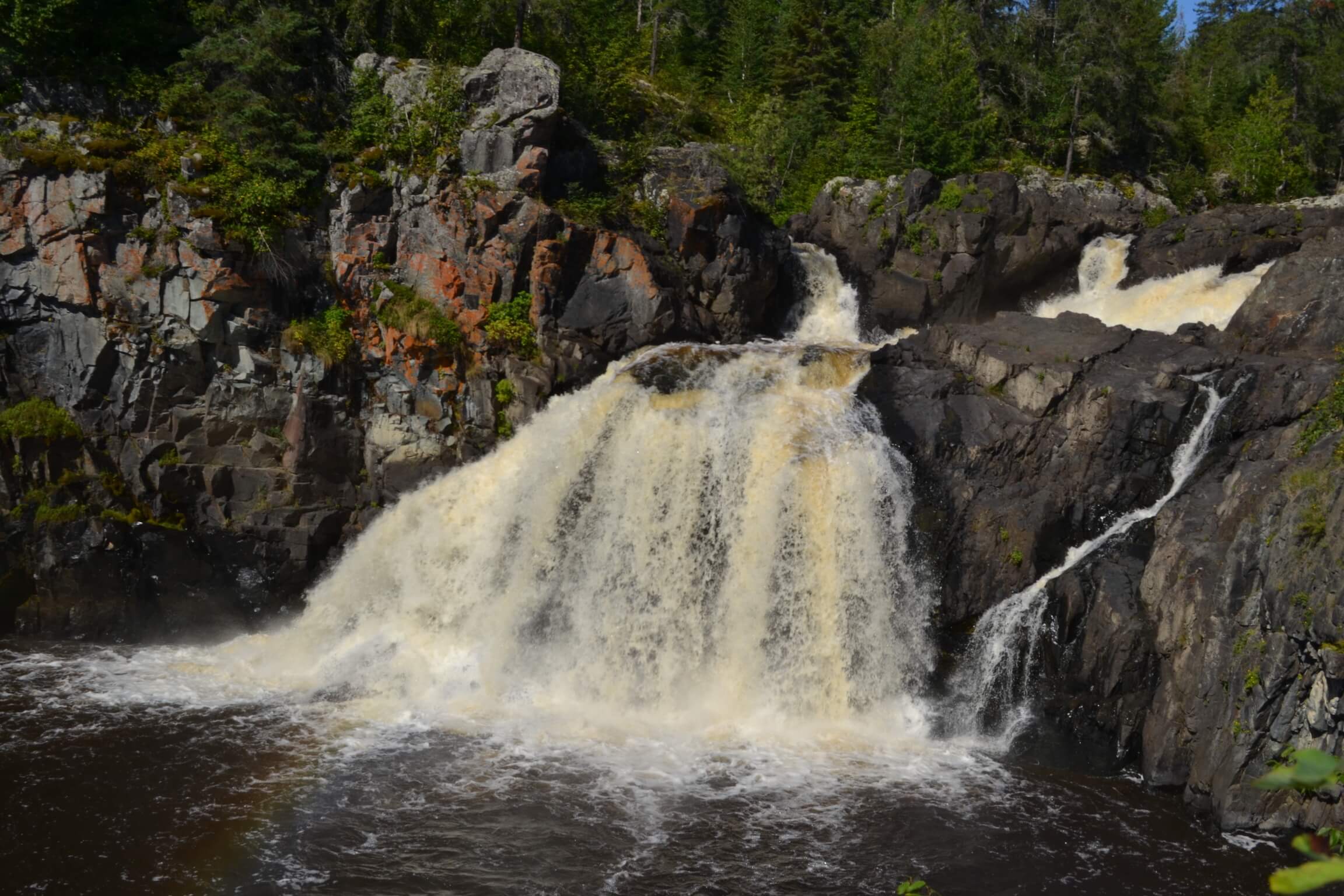
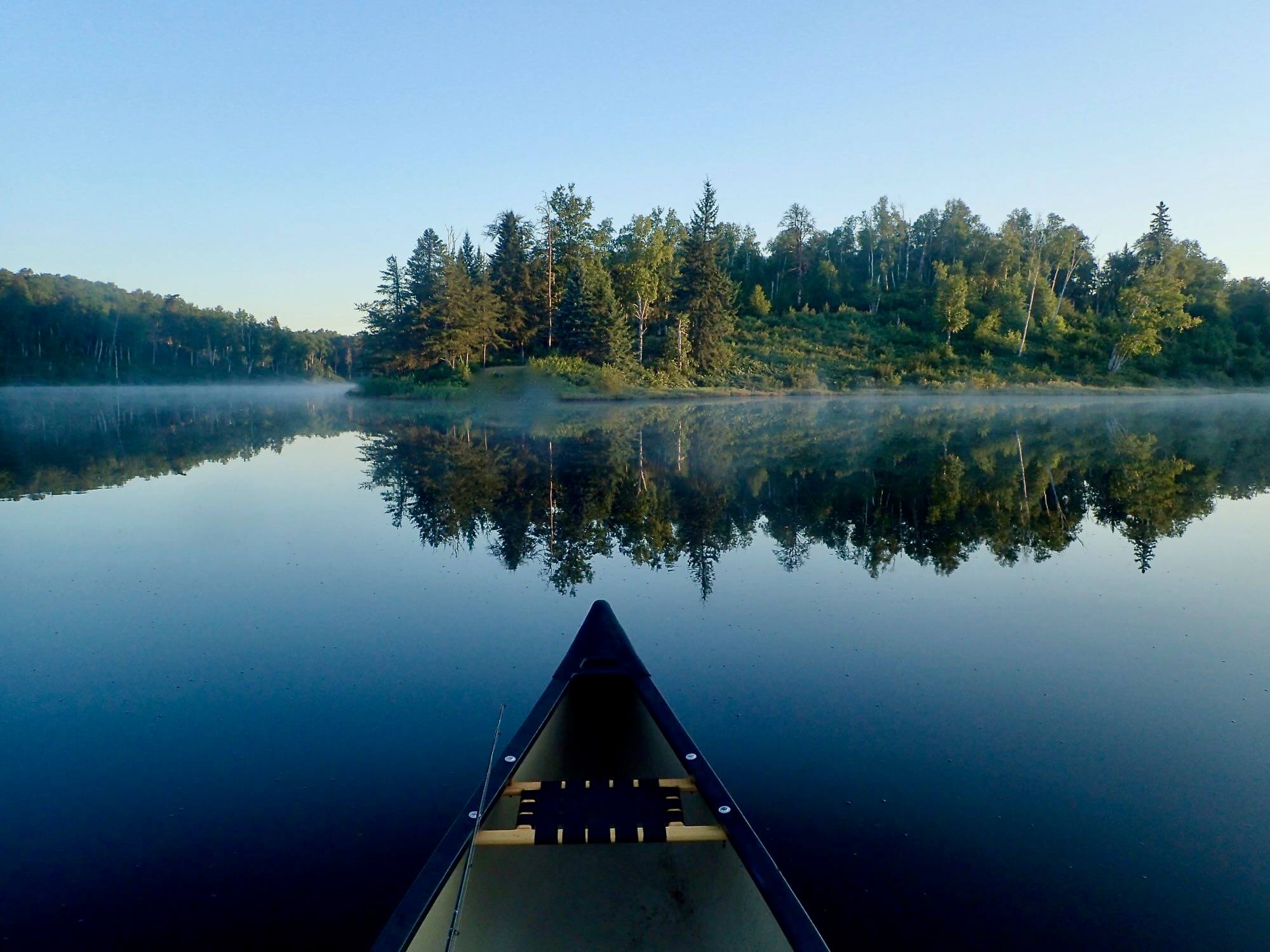
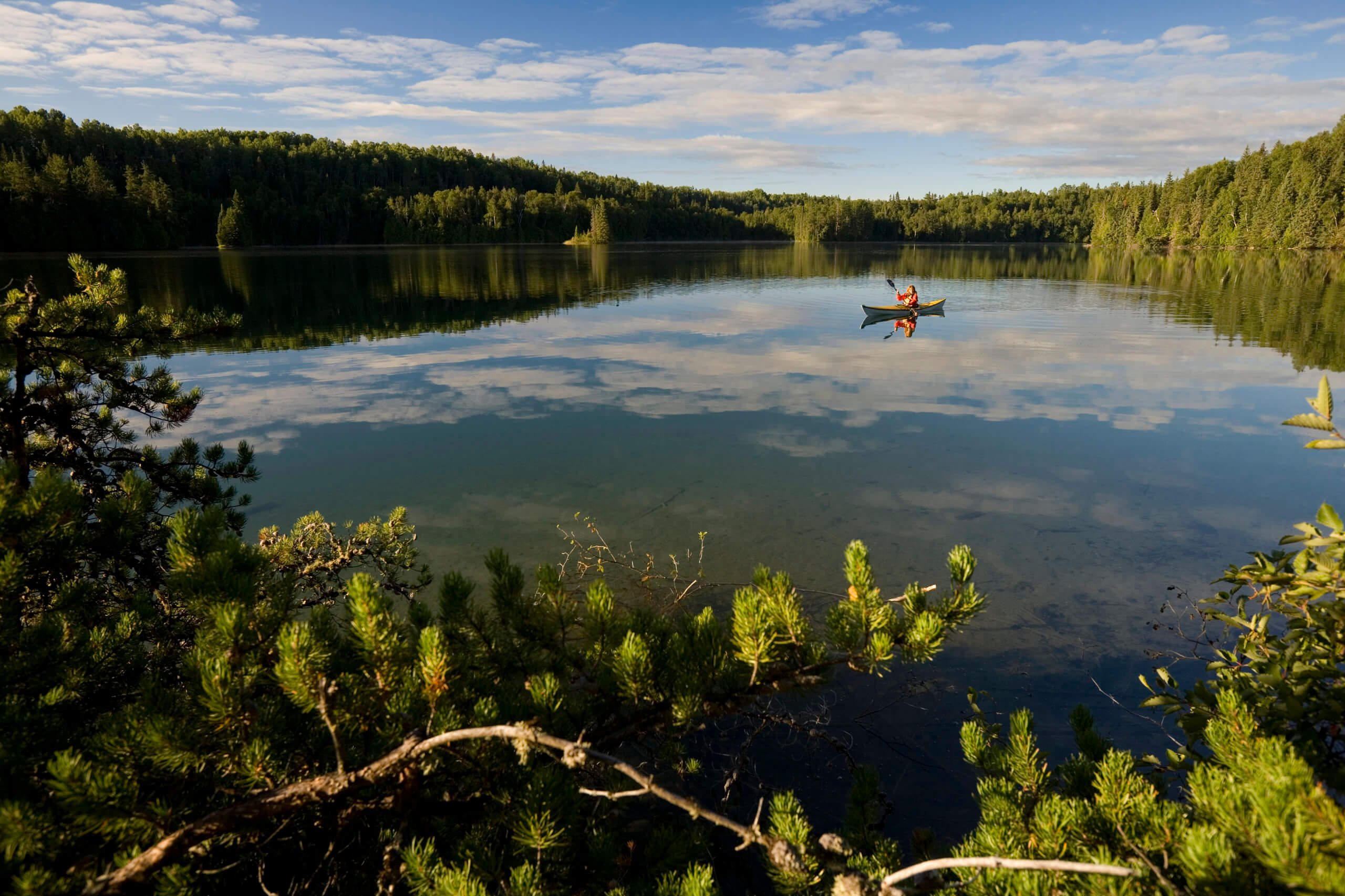
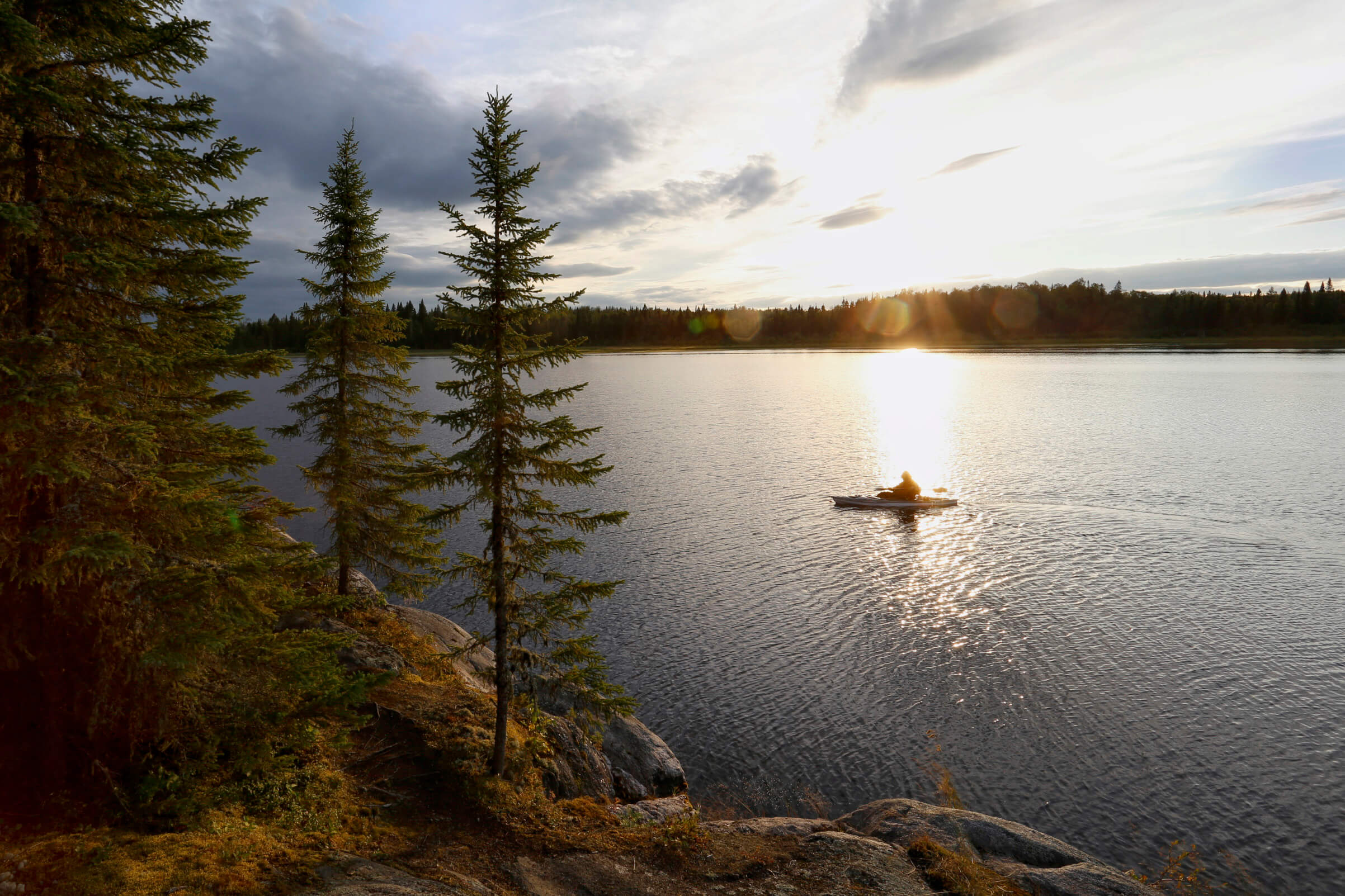

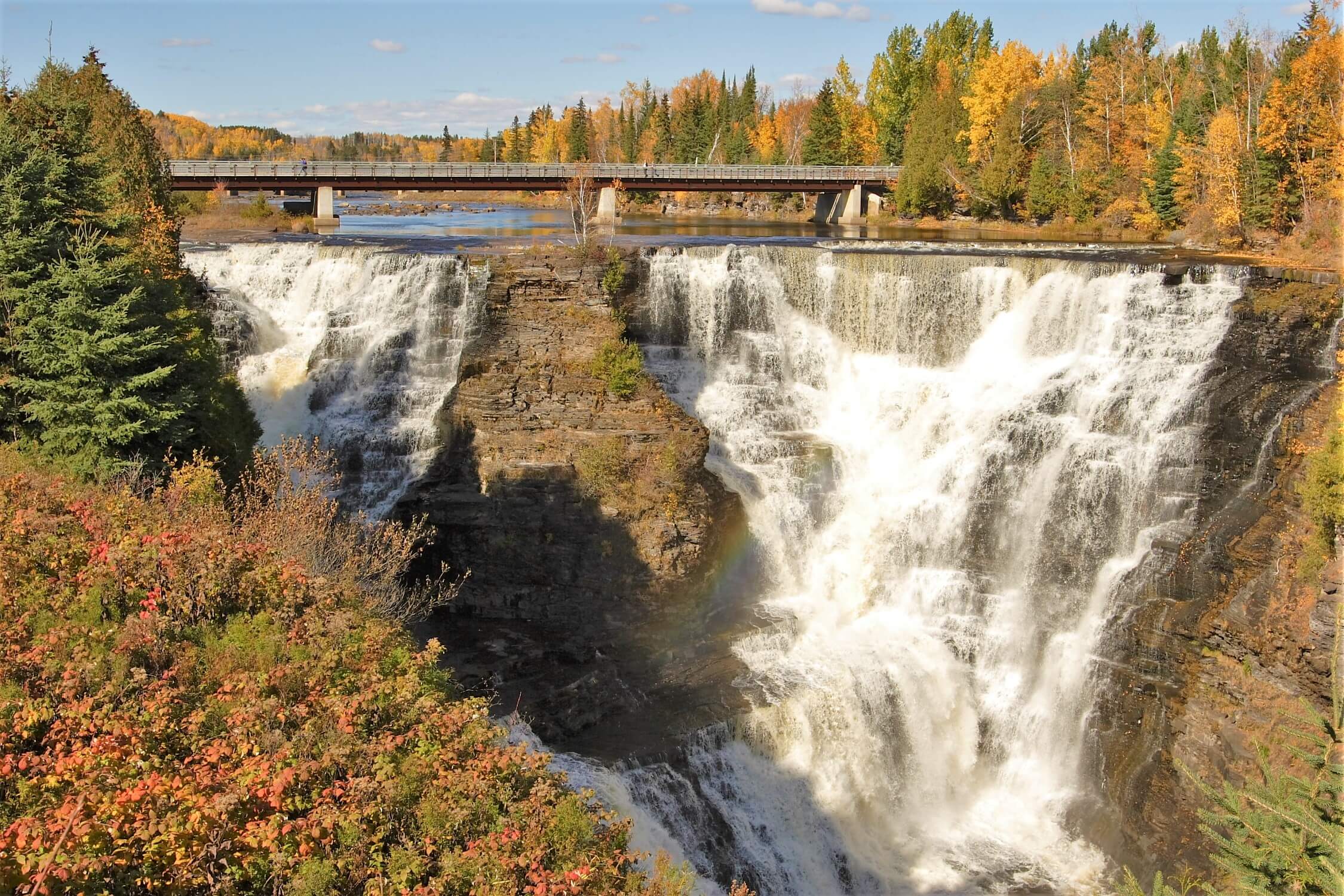
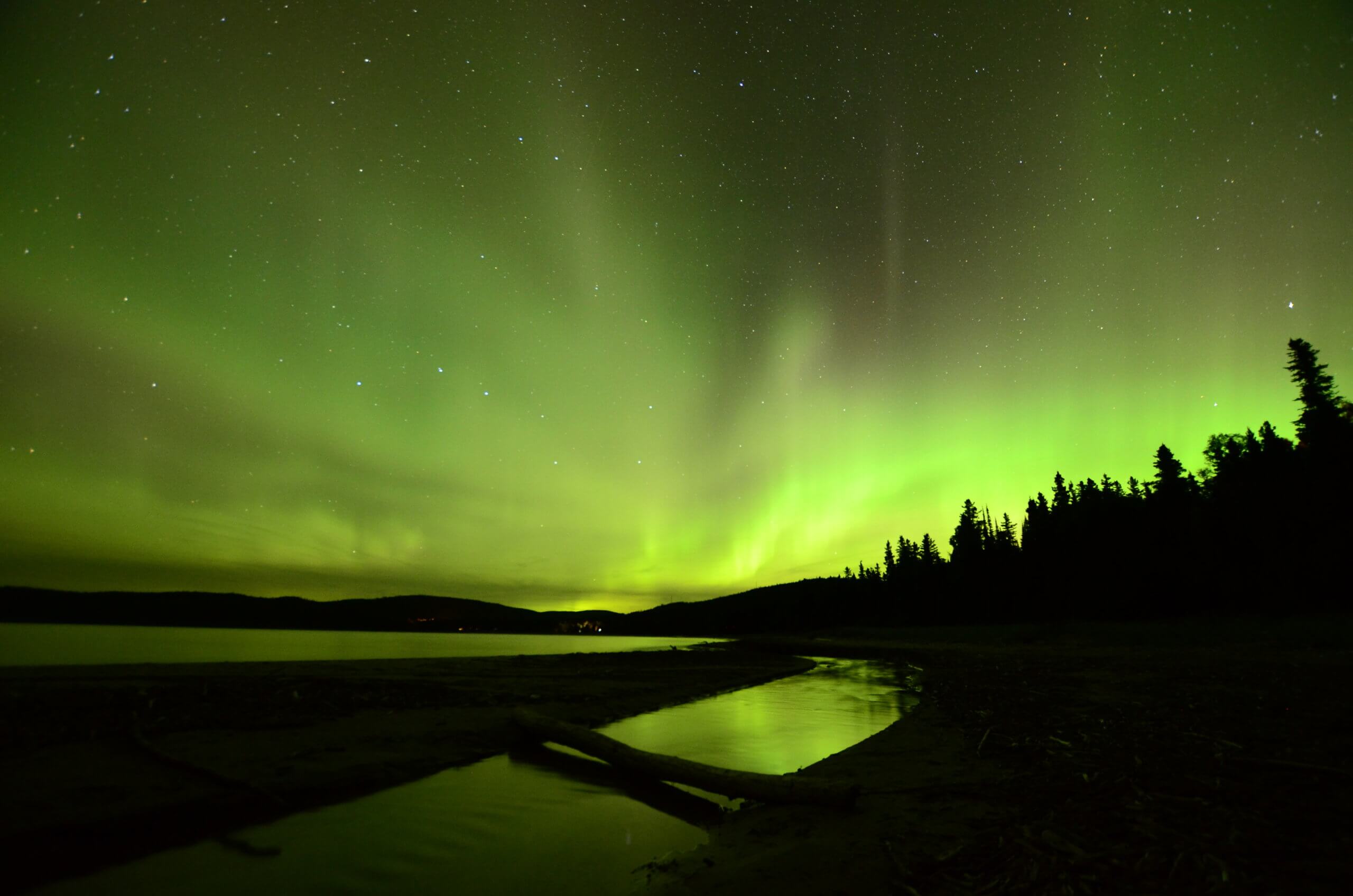
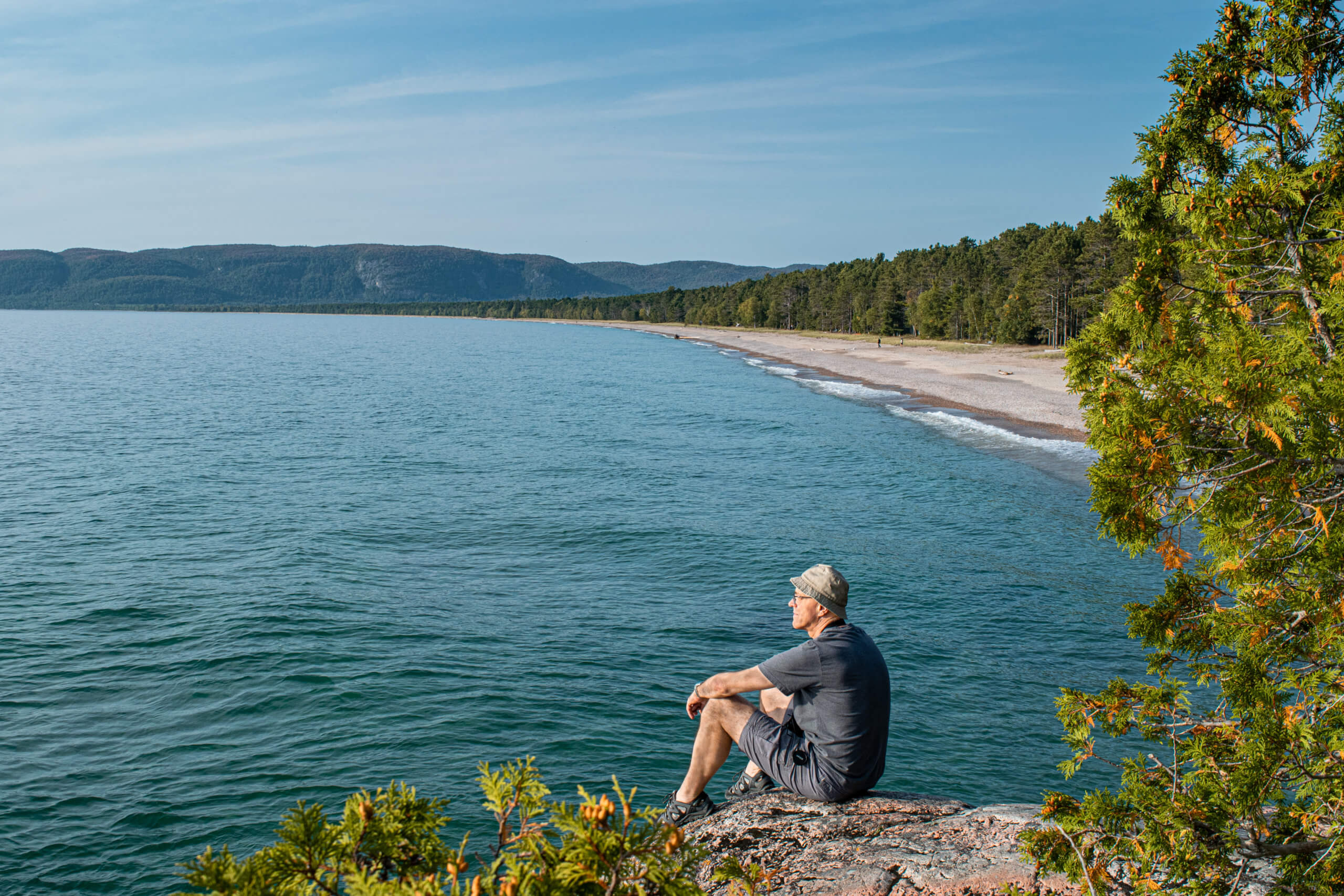
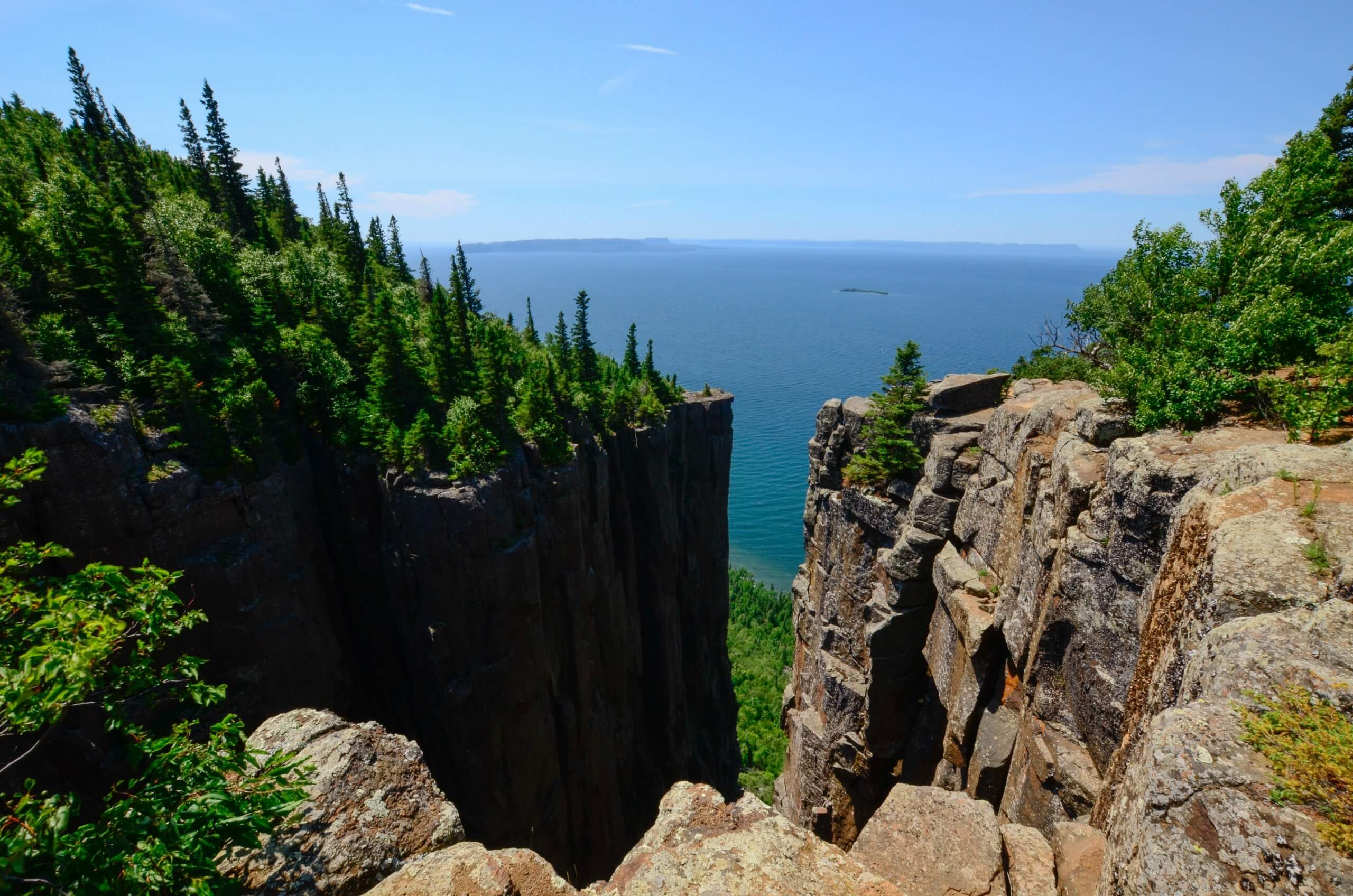

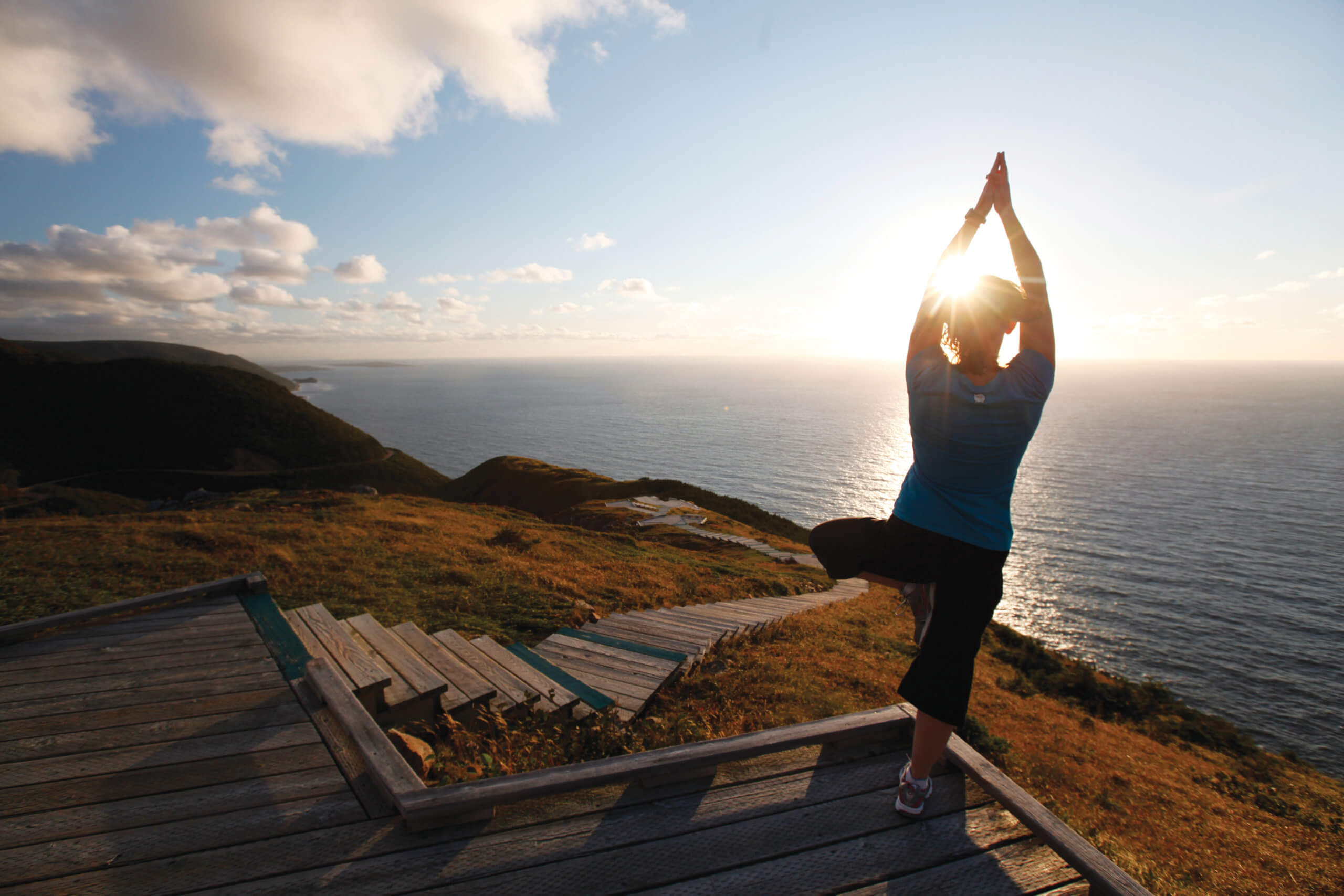
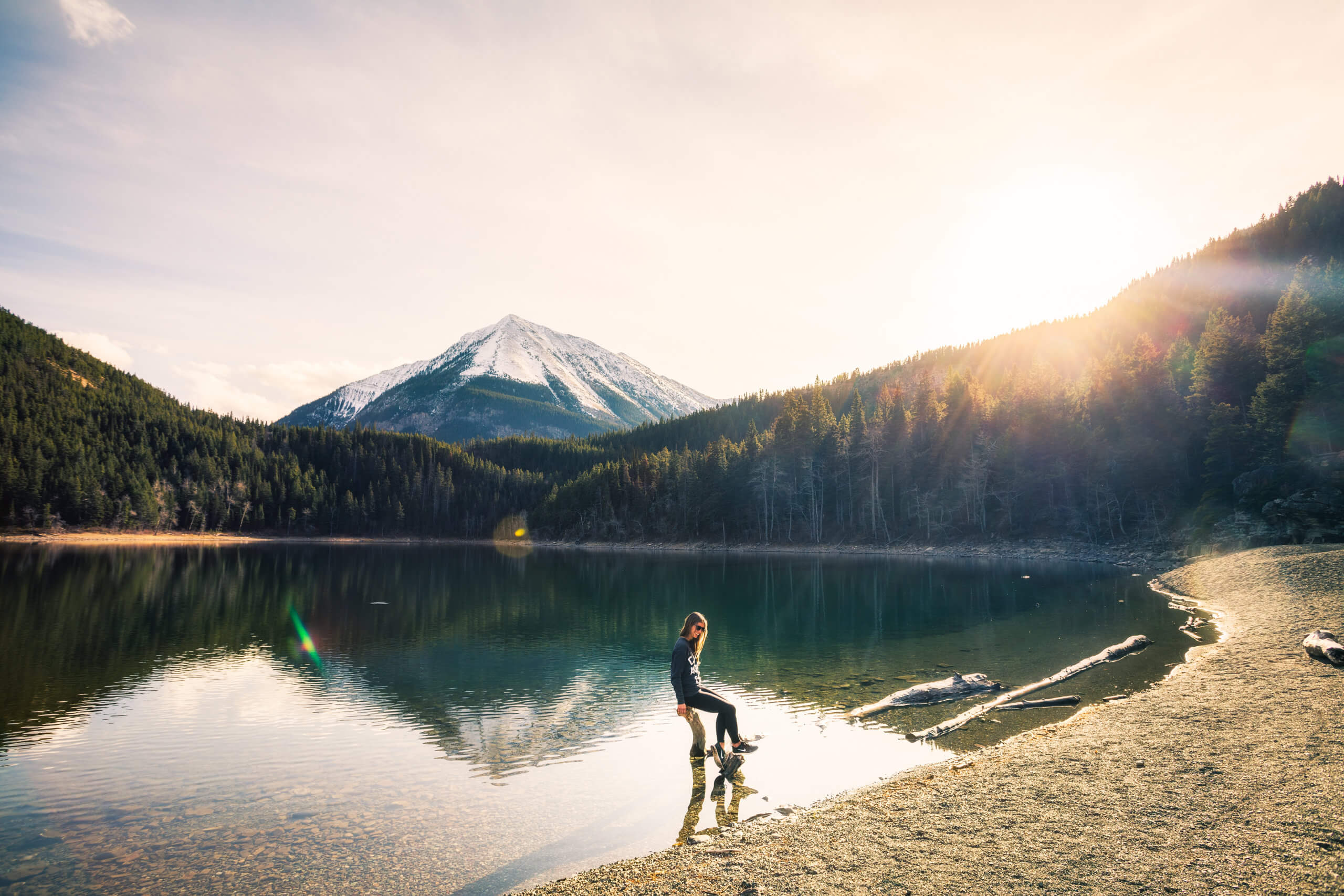









Pingback: Where In Canada Is Best For A Family Vacation? - Landsby